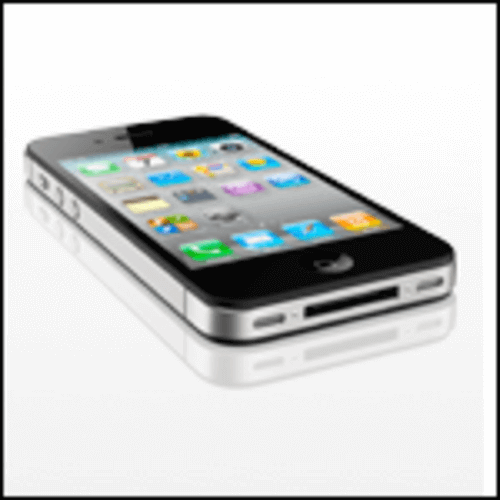AT&T has announced that starting on Oct. 1 it will throttle the data speeds of users with unlimited data plans who exceed bandwidth thresholds on its 3G network. AT&T is following in the tracks Verizon and Virgin Mobile in reducing data throughput speeds of its heaviest mobile data users. With more data-intensive apps being published everyday, how will AT&T’s data throttling affect users’ mobile experience?

AT&T’s announcement verifies rumors that started with 9to5Mac citing sources that it was inevitable that AT&T would make an announcement. A press release came from the Dallas-based AT&T in the afternoon confirming the throttling, which it says will affect the top 5% of its users. AT&T did not make it clear what the data threshold would be other than that it would be the top 5% of users that are still on unlimited data plans, which the company described as a “vast majority” of subscribers.
How Much Data Before You Are Throttled?
9to5Mac gives some guidelines on to what kind of usage will achieve reaching the throttling threshold. The site says 12,000 emails or website visits, four streaming movies or five hours of streaming music. That all makes sense except for the last bit, which may be a typo as five hours of music certainly will not eat anywhere near 2.5 GB of data that is expected to cue the throttling. It is more likely to be about four or five days or so (not 24 hour days, but say six to eight hours a day or so). This is from experiment with data usage on AT&T by streaming Pandora radio over a cellular connection during a workday with either a Samsung Galaxy Captivate or Motorola Atrix on AT&T or an iPad on the Verizon network.
“Streaming video apps, remote web camera apps, sending large data files (like video) and some online gaming are examples of applications that can use data quickly,” AT&T stated in its release.
For the average consumer, a data cap and throttling will not be an issue. Most users do not approach 200 MB worth of data a month, let alone 2.5 GB. Yet, with Netflix and Hulu support coming to more devices and the drastic change in how people interact with media via mobile devices (smartphones in particular), habits are changing and mobile data usage is only going to go up. That is the reason that AT&T is instituting the data throttling plan but it may affect more users in the next several years than it would have in the past couple as usage patterns change.
For instance, with near constant streaming of music, heavy Twitter and email usage and the occasional picture upload, my data usage almost never topped 2 GB in any month and I am what you may consider a mobile “power user.”
Instant Uploads Increasing Usage
The Android app for Google Plus allows users to instantly upload photos they take in the background. It is one of Google Plus’s killer features. Pictures go to an online queue where they can be shared with various circles. I am a huge fan of instant upload and it has me sharing a lot more photos online than I ever had with Twitter or Facebook. Yet, instant upload has made my data use skyrocket. In the first day of July I used near 400 MB of data and for the month (with two days remaining) my data usage is near 4 GB. That is almost entirely through picture uploads related to Google Plus. Apps with instant upload capabilities will only increase in the future.
That is why it is interesting that AT&T only said “the top 5%” as opposed to giving a solid number, like 2.5 GB. In its announcement, AT&T also encourages users to consume data over Wi-Fi whenever possible, citing its free use of AT&T hot spots to AT&T customers. It is a good bit of advice, Wi-Fi generally will be faster and more reliable than data use and will not cut into your data cap or threshold. If the entire population of mobile users starts consuming more data on average, does that make the threshold limit go up correspondingly?
AT&T said in its release that it will warn users when they are near the throttling threshold and give grace periods to ease the impact of the throughput reduction. In any case, the trend from the cellular operators is clear: data usage has put a burden on their systems and they are going to start doing something about it. Throttling does not cost users any money and becomes a inconvenience only to a small subset of the populations. In that way it may be the most utilitarian way to address data management – a small amount of pain for the benefit of the most amount of users.




















